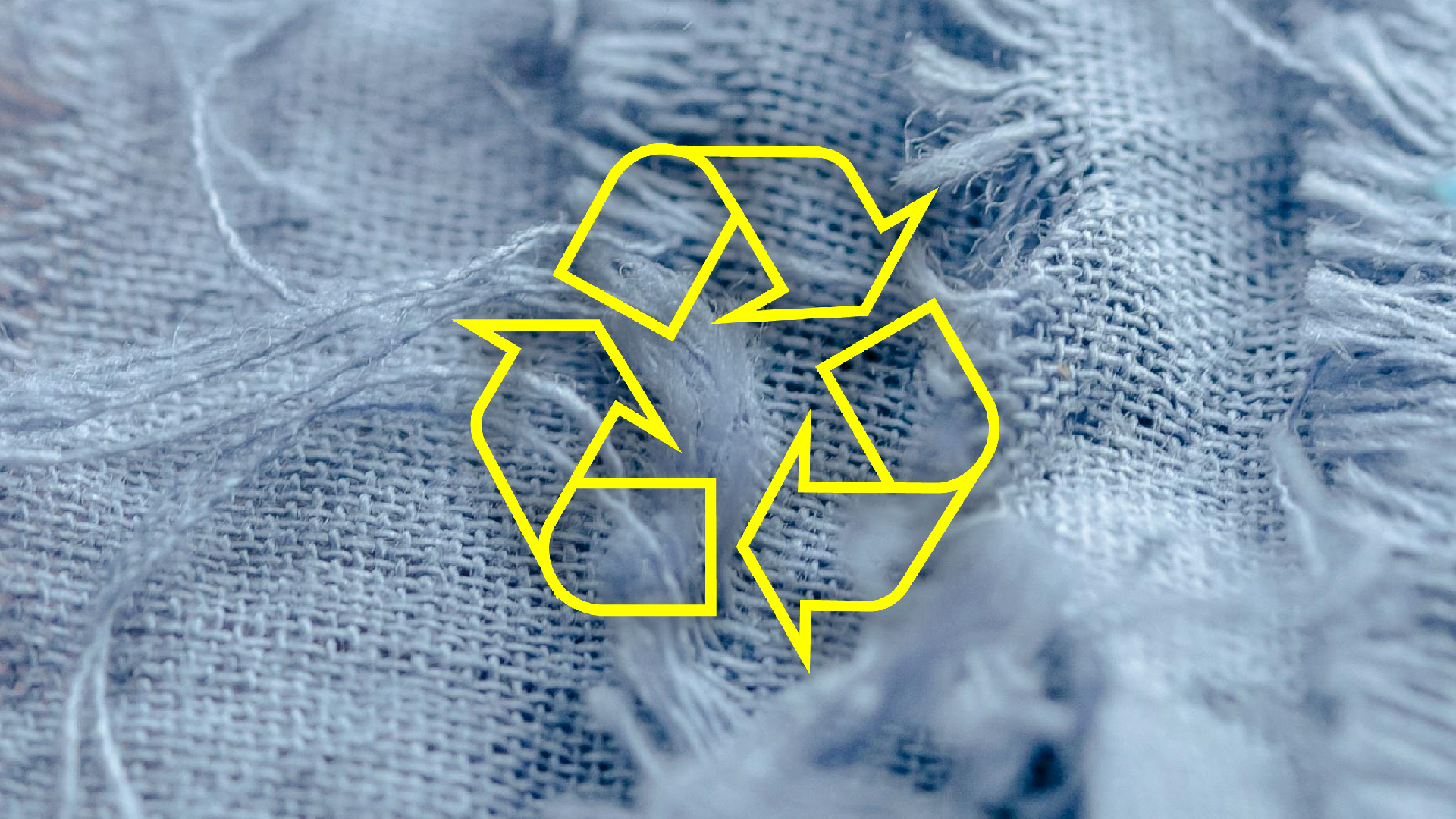What are circular business models?
Image by Andrea Piacquadi via Pexels.
1 September 2023
CBM move away from the traditional “take-make-waste” linear model and close the loop by creating a regenerative flow of materials and products.
The fashion industry has long been synonymous with innovation, creativity, and trendsetting. However, its remarkable growth has come at a considerable cost to the environment and society. CBM offer an approach to designing, producing, and consuming garments that “drive innovation and simultaneously reduce environmental impact”1. A study by the Ellen MacArthur Foundation found that CBM have the potential to “claim 23% of the global fashion market by 2030 and grasp a $700 billion opportunity”2. According to the Boston Consulting Group, second-hand apparel is on track to make up one-third of closets this year3.
CBM offer multiple opportunities to capture resource flows within the system. Let’s dive into the 4 models that are reforming the fashion industry:
RECOMMERCE
Brands, platforms, stores and consumers that resell pre-owned garments. This model not only prolongs the life of clothing but also reduces the demand for new production, cutting down on the industry’s resource consumption.
RENTAL
Brands, platforms, stores and consumers that rent out a part of their merchandise/wardrobe. Pricing can either be calculated as a one-off rental price or based on a monthly subscription fee. This model champions access over ownership, and reframes the way we engage with fashion.
REWORK
Reworkers develop and create new contemporary items on a relatively small scale using excess materials or stock of the fashion industry as a resource. This model celebrates the art of reinvention, showcasing the potential for circularity to coexist with creativity.
REPAIR AND ALTERATION
B2B, B2C and other solutions where repairers fix clothing, shoes and accessories that have holes, stains or other imperfections via sewing, glewing, painting or other means. The repair model promotes a shift from throwaway culture to one that values durability and craftsmanship. Alterations also encompass B2B, B2C, and other solutions, which offer small changes in the fit of a garment. By providing customised adjustments, alterations nurture a stronger connection to clothing and extend the lifespan of garments.
It is important to note that while CBM act as a stepping stone towards a more sustainable fashion industry, they should be coupled with a slowing down of overproduction to truly drive change. The positive impacts of CBM can become overshadowed when the rise of circularity is significantly outpaced by the rise of production4. Sustainability strategies should adopt a holistic, interdisciplinary approach that takes all aspects of the fashion supply chain into consideration.
There are plenty of exciting innovations embracing circular business models, many of which are part of our Innovation Programme:
- Trove
- Lizee
- Recircled
- RESPONSIBLE
- Style Lend
- reGAIN app
- Reflaunt
- Save Your Wardrobe
- The Renewal Workshop (acquired)
- Frankie Collective (acquired)
If you want to learn more, check out “The Future Of Circular Fashion Report, 2019” in collaboration with Accenture Strategy. The report contains a detailed analysis of three circular business models; Rental, Subscription-Rental and Recommerce, across four industry segments; the Value Market, Mid-Market, Premium and Luxury, identifying where circular models are attractive today and some of the critical levers to enhance their viability in future.
1 https://fashionforgood.com/wp-content/uploads/2019/05/The-Future-of-Circular-Fashion-Report-Fashion-for-Good.pdf
2 Ellen MacArthur Foundation, Circular business models: redefining growth for a thriving fashion industry (2021)
3 BCG, The Consumers Behind Fashion’s Growing Secondhand Market, 2020
4 https://kohantextilejournal.com/beyond-circular-fashion-new-business-model-fashion-industry/
Other Articles

In conversation with Smartex: Explore Smartex’s AI-driven solutions transforming quality control and reducing waste

Fashion for Good and Textile Exchange Team Up to Trace Textile Waste

